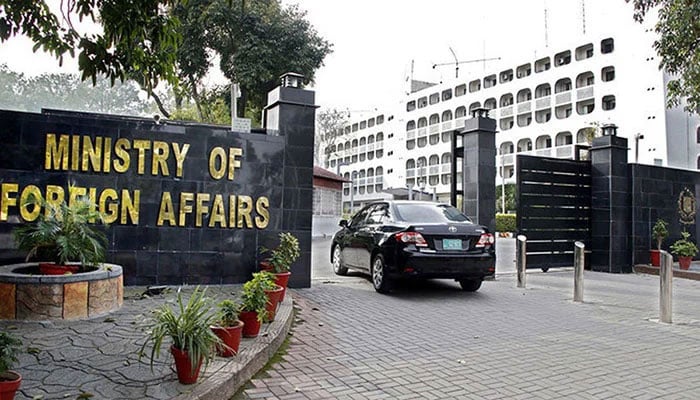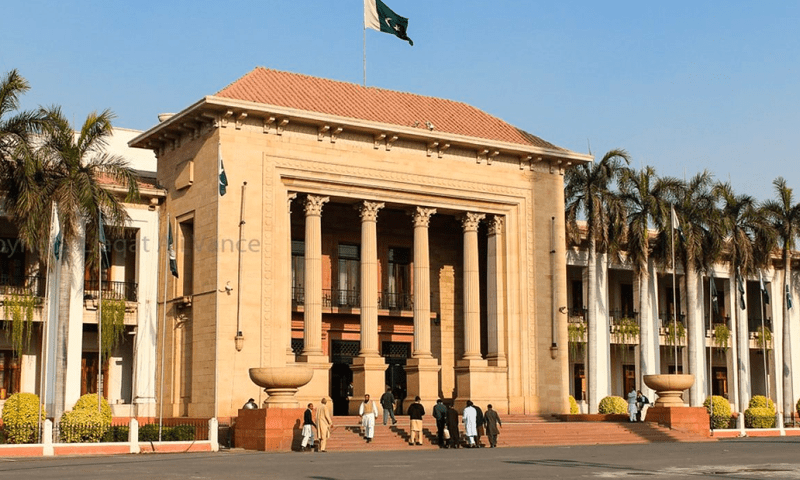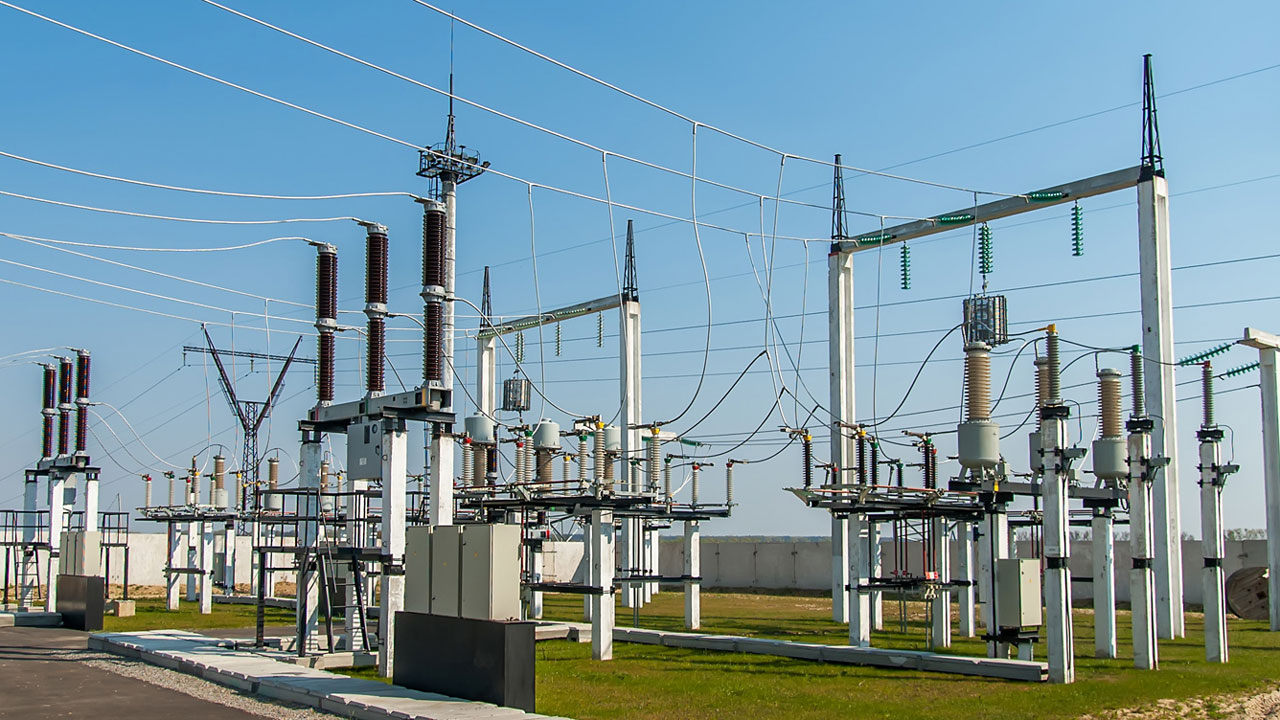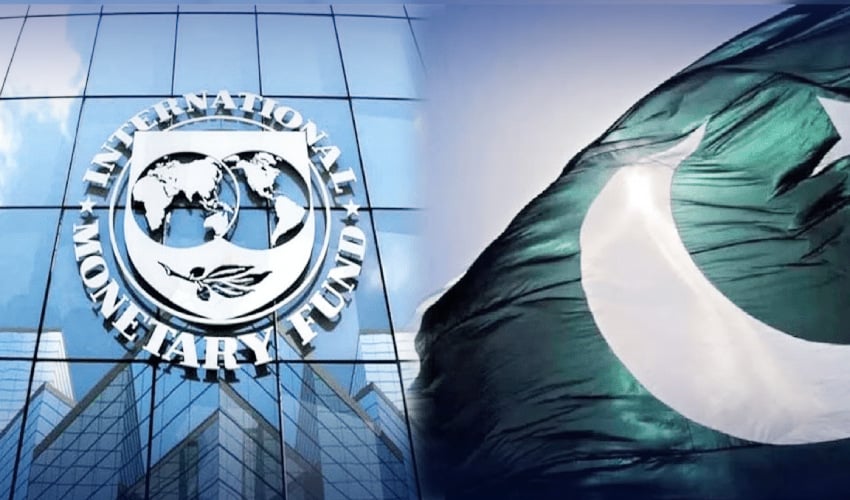North Korean authorities have warned of extreme weather conditions in the country as a cold wave sweeps the Korean peninsula. The state radio broadcaster said temperatures are likely to dip below -30C in the northern regions, which are also the poorest part of the country. Coastal areas are also expected to see high winds, according to state media. South Korea too has issued a cold wave warning and northern China has been experiencing record low temperatures. Temperatures are also expected to drop to their lowest in a decade in Japan this week. While North Korea has been affected by extreme or adverse weather much like other places, little is known about the impact of this on its people. Ryanggang, North Hamgyong and South Hamgyong, the country’s poorest provinces and those expected to be most vulnerable to climate shocks, are all located in the north. Electricity is uncommon outside the capital Pyongyang, and households in these places reportedly burn wood, and dried plants for warmth during the winter. It also says many merely use plastic wrap around their doors and windows for insulation. Food insecurity in North Korea is said to be at its worst since a widespread famine in the 1990s, according to Lucas Rengifo-Keller, a research analyst at Peterson Institute for International Economics in the US. In 2019, North Korea said it was suffering its worst drought in nearly four decades. In 2020, North Korea was struck by five major typhoons, which caused major structural damage to buildings, roads, factories and water systems and displaced thousands of citizens. Scientists say extreme weather, including cold waves, is becoming more common because of climate change.














